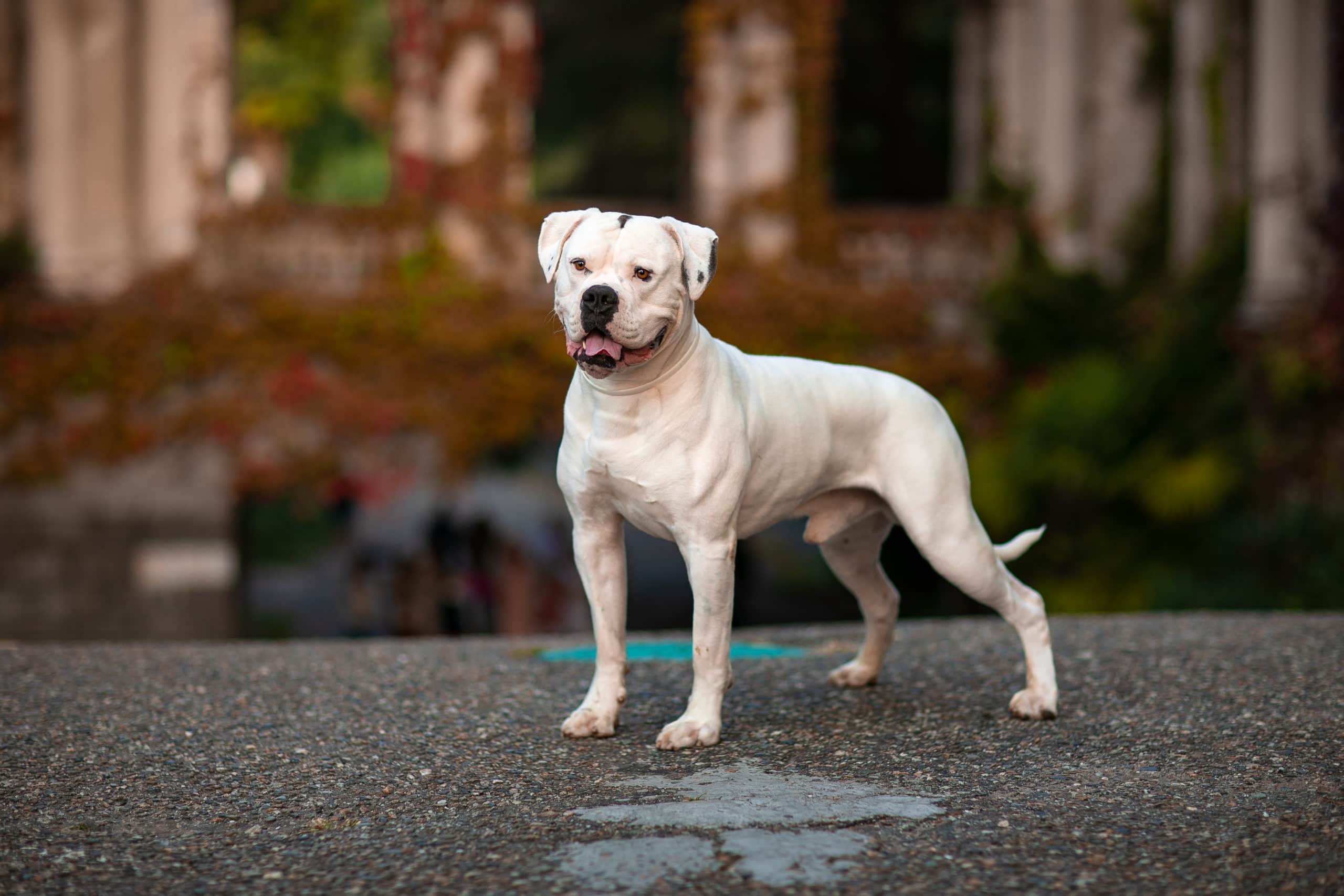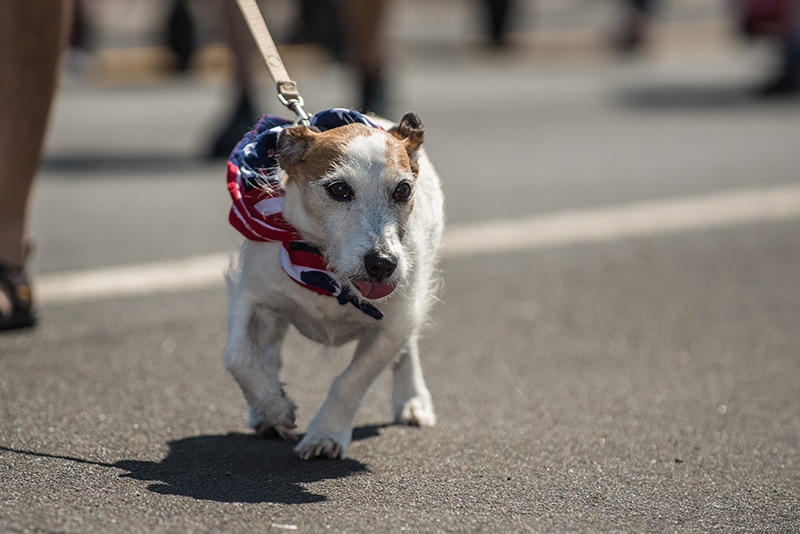My Dog Killed a Skunk! 5 Tips on What to Do Next

Updated on
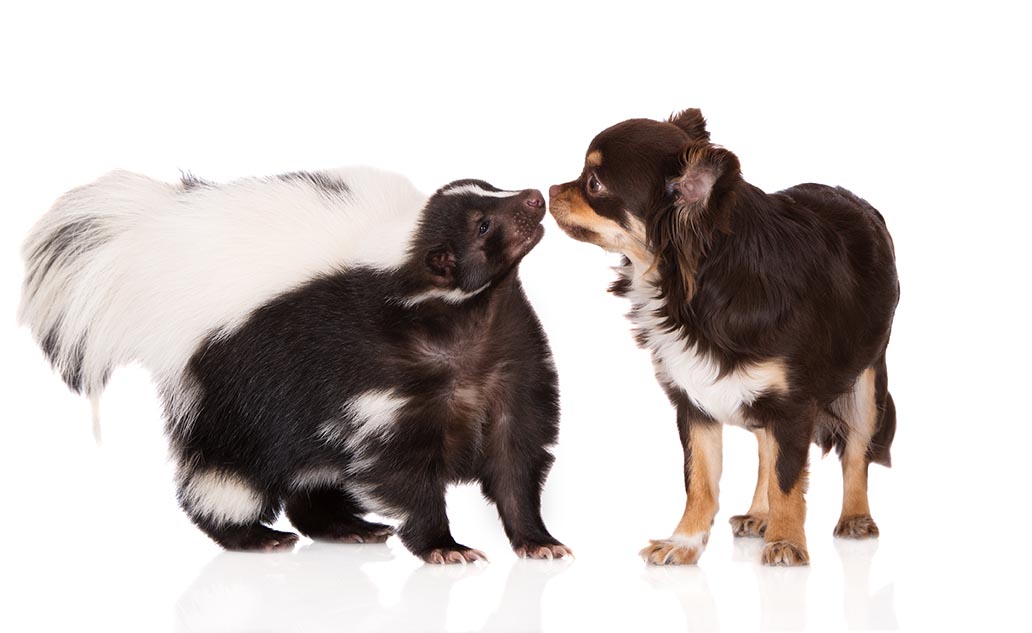
Skunks are found all over North and South America and make their homes under buildings, porches, concrete slabs, rock and wood piles, drainpipes, and hollow trees. It’s highly likely that your dog will encounter a skunk at some point, triggering the prey drive to stalk and chase it.
Whether your dog gets sprayed or succeeds in killing the skunk, it’s likely to end up smelling like the skunk’s noxious odor. Skunk spray is not only unpleasant, but it can be dangerous for your dog. In addition, skunks may carry rabies that can put your dog at risk.
This article goes over what you should do if your dog kills a skunk to address any injuries or skunk spray.
What Is Skunk Spray and Why Do They Spray?
Skunk spray is a liquid produced by the anal glands of a skunk as a defense against predators. It stinks because it contains sulfurous chemicals called thiols. When activated, a skunk can spray as far as 15 feet, which is bad news for your dog.
To put it simply, a skunk sprays because it feels threatened. When skunks are approached by a predator or another threat, they will try to stamp their feet to deter it, but if that doesn’t work, they turn, raise their tails, and spray at whatever is approaching.
The 5 Tips on What to Do When Your Dog Killed a Skunk
1. Check for Injuries
Skunks are known rabies carriers. If your dog was bitten by a rabid skunk or ingested saliva during the altercation, it’s possible for it to be exposed to rabies. Check for bite marks and open wounds and clean any injuries with a dog-safe antiseptic.
If you’re concerned about your dog’s injuries, or it’s been a while since its rabies vaccination, make an appointment with your vet for care and a booster. Aside from the risk of rabies, scratches and bites can become infected and should be examined by a vet. If possible, take the body of the skunk to be tested as well.
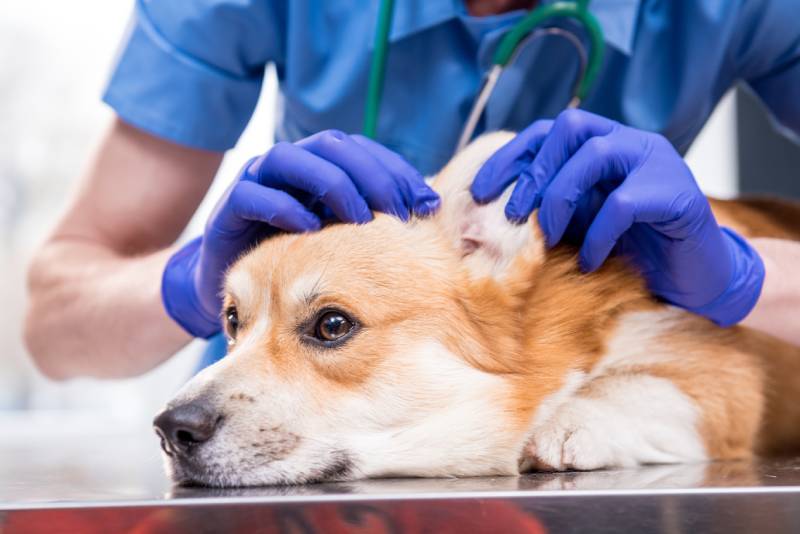
2. Check Your Dog’s Eyes
If your dog gets sprayed directly in the face or eyes, it’s important to seek veterinary attention. Essentially, it acts as tear gas and irritates the eyes. If left unaddressed, skunk spray can damage the cornea and cause temporary blindness.
You can flush out the eyes with cool water before heading to the vet, but this is not something you want to leave for home treatment. If you have a lot of skunks in your area or your dog gets sprayed often, speak to your vet about veterinary eyewash products that are safe for dogs to keep on hand.
3. Remove the Spray Oils Immediately
Skunk spray can linger, especially if you don’t remove it quickly. It’s time for your dog to get a bath, but it’s best to do so outside or in a separate area of your home, like a garage or shed. Otherwise, the smell will be intense in your house.
The folk remedy for skunk spray is tomato juice, but it’s not effective. A skunk shampoo designed for dogs is the best choice for removing the spray oils, but you can also make a neutralizer yourself.
You can either buy a skunk shampoo or make a DIY skunk shampoo. Combine 1 quart of 3% hydrogen peroxide solution, ¼ cup of baking soda, and 1 teaspoon of liquid dishwashing soap. Wearing gloves, work the solution into your dog’s coat and wash it thoroughly. Rinse completely, as leaving the solution on can bleach the fur. You may need to repeat the bath several times until the smell is neutralized.
The DIY shampoo may remove the smell for now, but you may notice a residual odor any time your dog gets wet for a while—even several months later. This residual effect isn’t as noticeable with commercial skunk shampoo versus DIY shampoo.
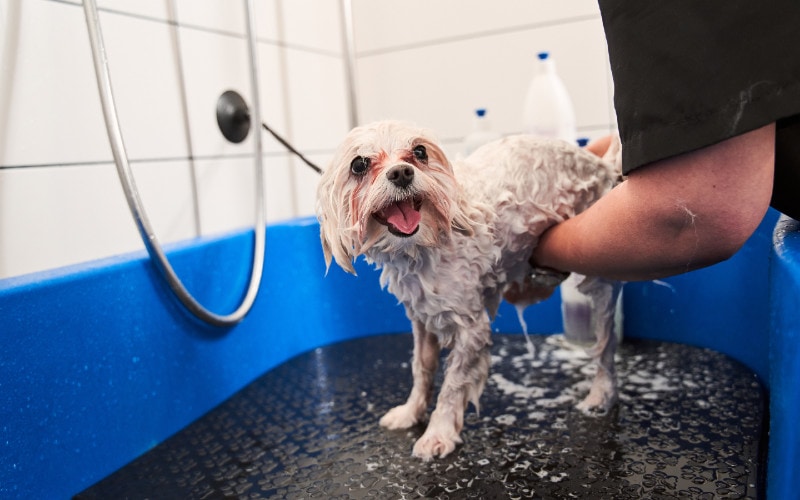
4. Bathe with Regular Dog Shampoo
After a few baths with the skunk shampoo, give your dog a regular bath with dog-safe shampoo to remove the solution and clean your dog’s fur. After the bath, dry your dog gently with a towel.
5. Wash Your Clothing
No matter how careful you are, it’s likely that some of the skunk oil will get on your clothing while you’re bathing your dog. Be sure to wash your clothes, as well as any towels or mats you used for your dog, with laundry detergent and a ½ cup of baking soda to remove any odors.

Is Skunk Spray Dangerous?
Skunk spray is more than just inconvenient—it can be dangerous for your dog. Some dogs experience nausea or vomiting after getting sprayed by a skunk, and the eyes are particularly vulnerable to issues from the noxious oils. If the spray is swallowed, it can lead to severe anemia, so it’s best to follow up with your vet.
Aside from the spray itself, skunks are carriers of the rabies virus in Canada and the US. Roughly 20% of the animals that test positive for rabies in the US are skunks (40% in Canada). Make sure your dog is up to date on its rabies vaccine, especially if you live in an area with a lot of wildlife. If your dog is sprayed, you may want to speak with your vet about a rabies booster to be safe.
In addition, the odor neutralizers in skunk shampoo can be hazardous to your dog. Though it’s generally safe to use peroxide and baking soda on your dog’s coat, avoid getting the solution in or near the eyes as it can cause irritation. Avoid using peroxide that’s stronger than 3%, which can irritate the skin.
How Can I Reduce My Dog’s Chances of Getting Sprayed?
Skunks are crepuscular, which means they’re most active at dawn and dusk. Incidentally, that’s also when dogs are most active, so avoid walking your dog in wooded areas or letting it out in the yard during these times. Usually, you can detect the distinctive odor of a skunk long before it sprays, but sometimes, there’s no warning.
You can make your property less attractive to skunks by removing food sources and shelter. Remove any garbage or pet food that’s outside, which can be appealing to your dog. Skunks like to hide under sheds, decks, and porches, beneath rock or wood piles, or inside dead tree stumps. Clean up your property and block off areas where a skunk could hide.
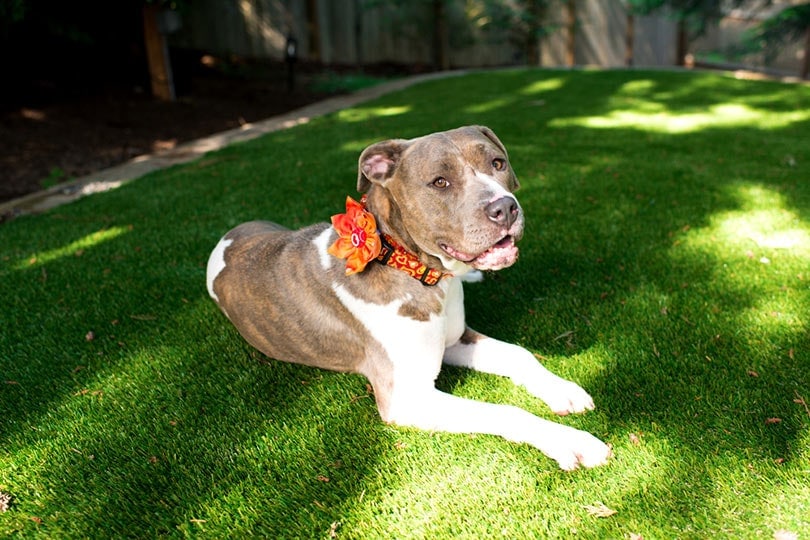
Conclusion
Few things are more unpleasant than having a dog kill a skunk and end up sprayed. The most important thing after your dog kills a skunk is addressing any injuries. Then you can focus on removing the smell. Even if your dog wasn’t bitten or scratched, skunk spray could cause irritation to the eyes and digestive upset, so a vet visit may be in order.
Featured Image Credit: otsphoto, Shutterstock



